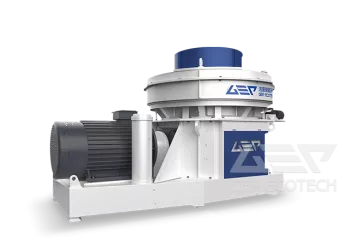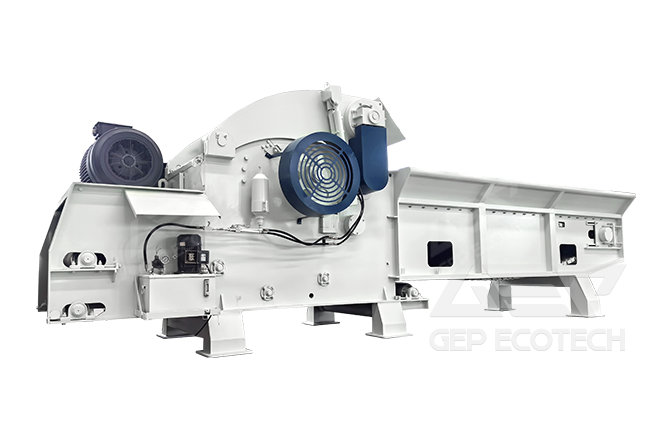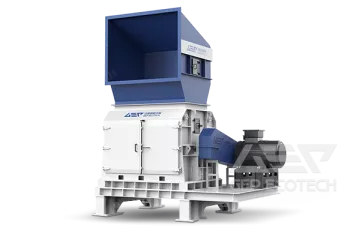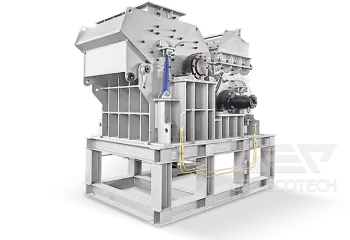Straw fermented Manure is a kind of Organic fertilizer that takes crop straws (wheat, corn, rice, beans, potatoes and other crop straws) as the main raw materials, and undergoes water regulation and microbial fermentation decomposition. Its function is to improve soil fertility, increase the proportion of beneficial microorganisms, and it is also one of the ways of straw resource utilization.
There are two main types of microbial straw fermentation processes: aerobic fermentation and anaerobic fermentation.
Aerobic Fermentation Process
Aerobic fermentation is the degradation of organic matter under aerobic conditions through the action of aerobic microorganisms. As the temperature of aerobic fermentation is generally between 50-60 ℃, it can also reach as high as 70-80 ℃, making it a high-temperature compost.
The straw is crushed into small segments of 1-5cm by a shredder. The straw, feces, and microbial agents can be mixed evenly in a mass ratio of 100:10:0.5, and adjusted to a suitable moisture content (50-70%) for stacking. Holes can be drilled at the top of the pile for ventilation, and covered with breathable film for insulation and moisture preservation. Regular ventilation and oxygen supply can be achieved by flipping the pile. After the fermentation is completed, the solid substrate is used as agricultural production fertilizer for returning to the field for reproduction.
Anaerobic Fermentation Process
Anaerobic fermentation is the process of utilizing anaerobic microorganisms for fertilizer production under anaerobic conditions. The advantage of anaerobic fermentation is that there is no need to flip the pile for oxygen supply, saving manpower.
The straw is crushed into 1-5cm segments by a shredder. According to the moisture content of the straw, the straw, human and animal manure and microbial agents are mixed evenly in the ratio of 100:10:0.5 and put into the fermentation tank. The water content in the fermentation tank is adjusted to 50-70%. The top of the solid substrate is covered with 10-20 cm soil layer for fermentation. After the fermentation is completed, the solid substrate is taken out and dried, and used as agricultural production fertilizer for returning to the field for further production.
GEP's GDB series biomass shredder is a specialized crushing equipment used to dispose of crop straw. By improving the tool structure and increasing equipment capacity, it can quickly crush various forms of straw, such as large bundles, round bundles, and loose materials, to the size required by the microbial straw fermentation process, thereby improving the recycling and utilization efficiency of straw. This shredder not only has high crushing efficiency and good particle shape, but also has low energy consumption and low noise, effectively improving the working environment and reducing long-term operating costs.
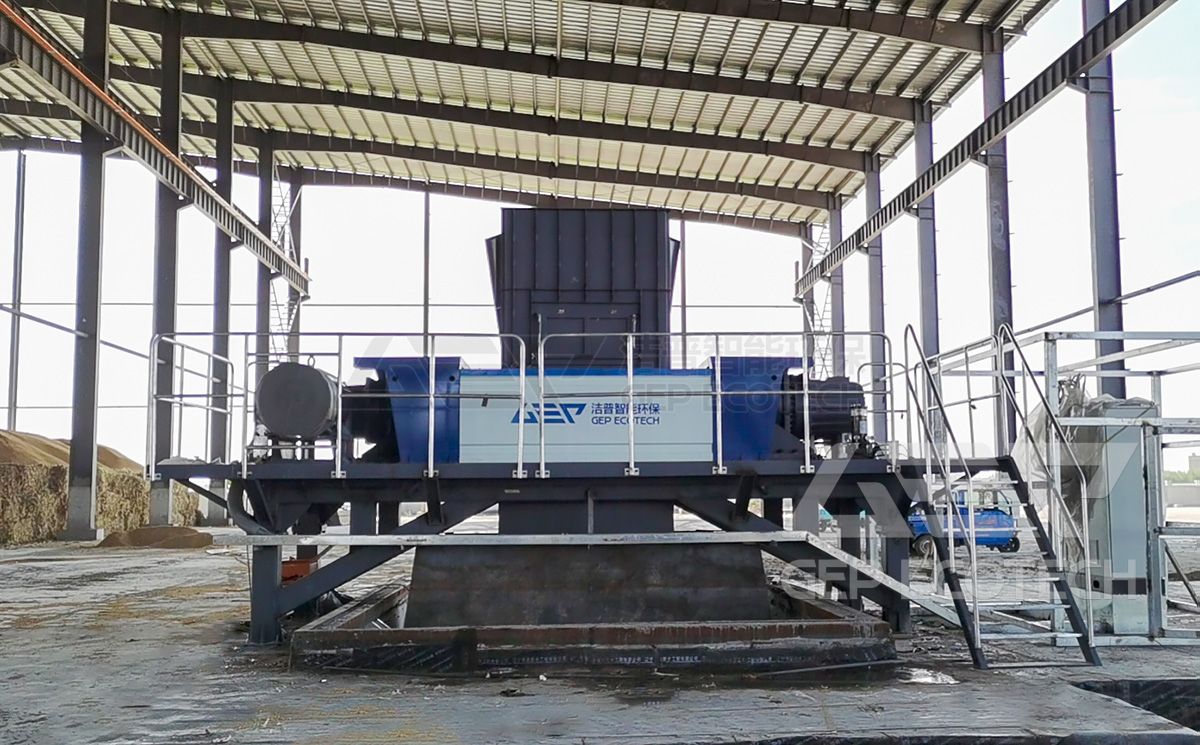
There are various types of shredders on the market, and the quality is also mixed. Users must keep their eyes open when making purchases, compare products with other companies, price is not the king's way, quality is the key. Conduct more inspections to assess the company's strength, visit the project site, and listen to feedback from old customers. Welcome to GEP for inspection and visit.


